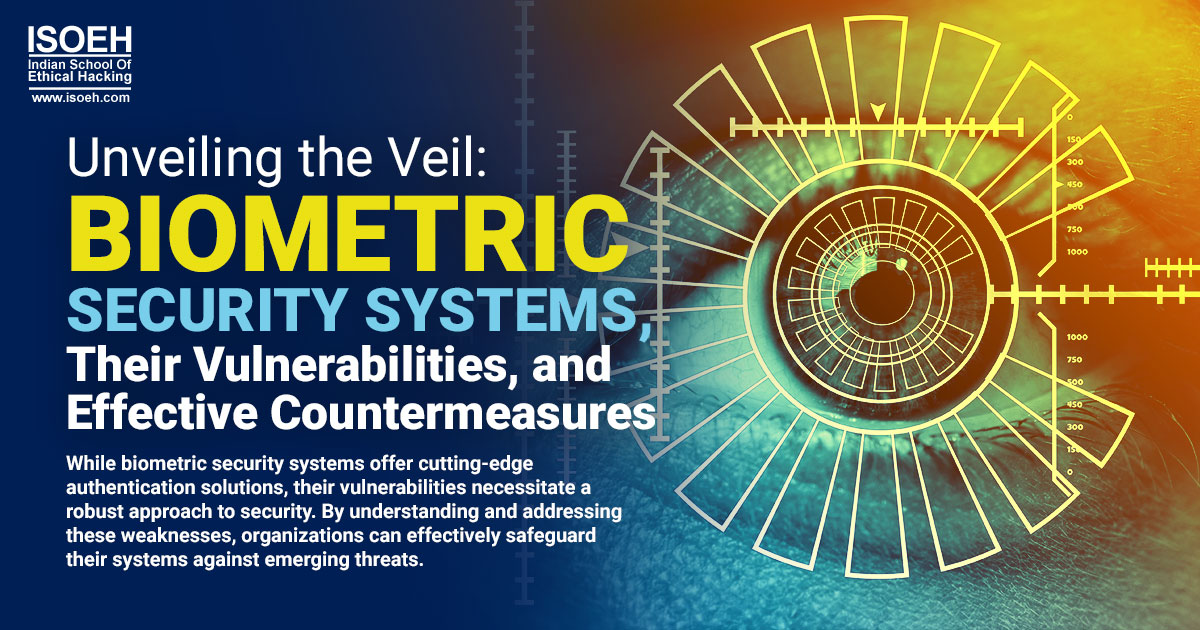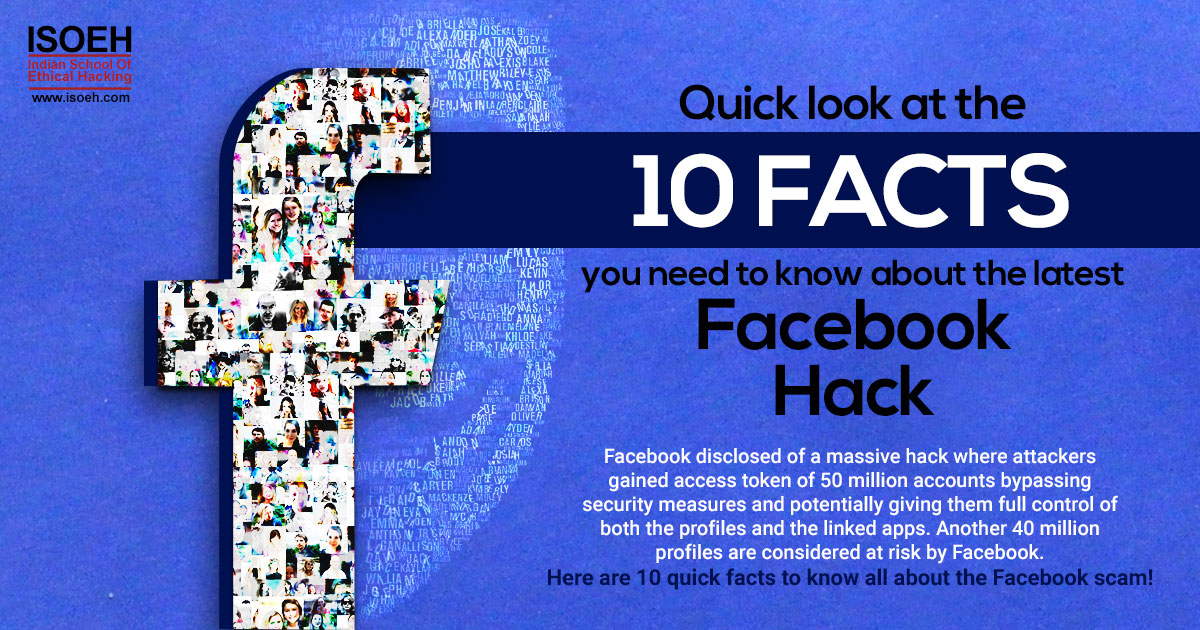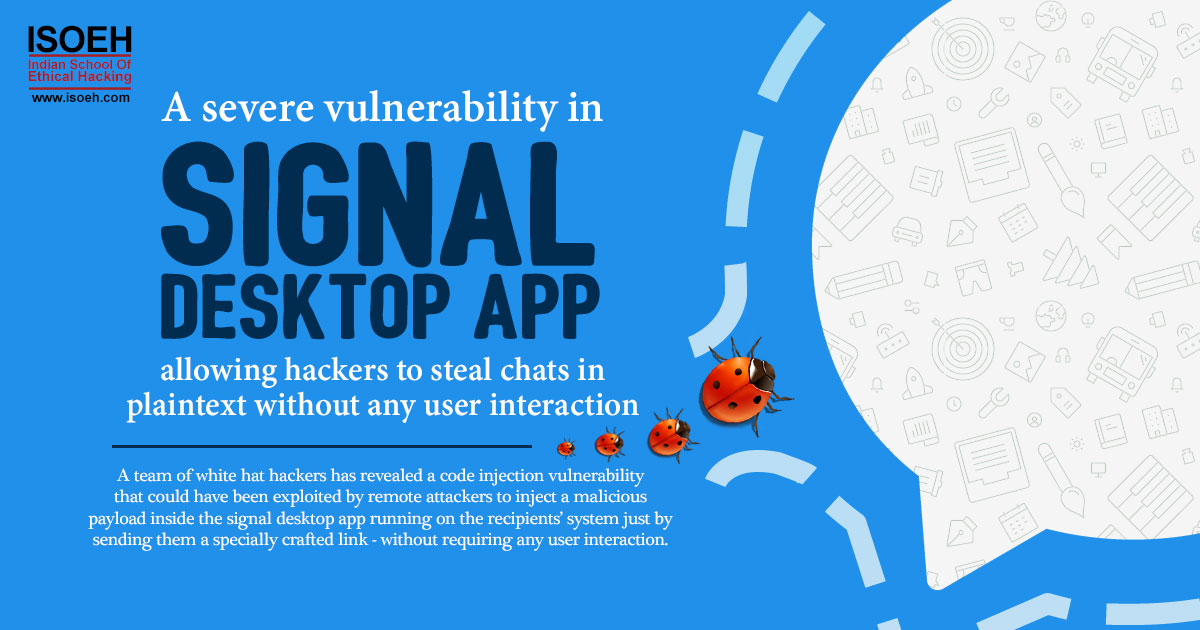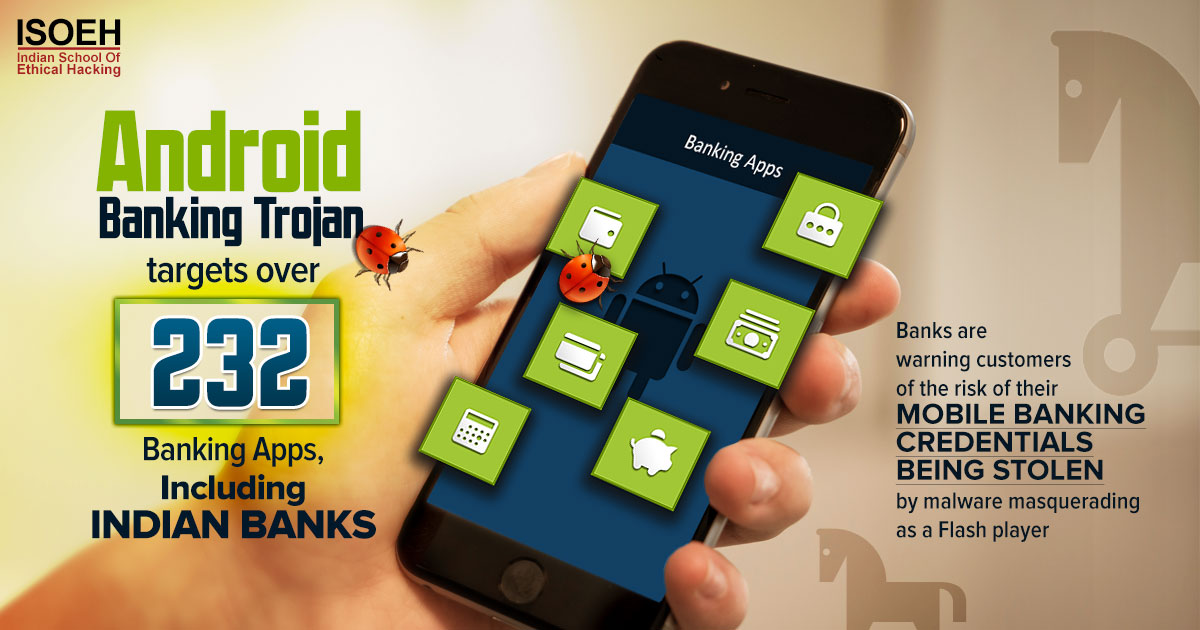
In the modern era of cybersecurity, biometric security systems are hailed as a cornerstone of advanced user authentication processes. Utilizing unique physiological or behavioral traits, these systems aim to provide robust security solutions that are difficult to replicate. However, like any technology, biometric systems are not impervious to vulnerabilities. This blog delves into the underlying weaknesses of biometric security systems and discusses the necessary countermeasures to mitigate potential threats, offering a comprehensive guide for tech enthusiasts seeking to bolster their defenses in a biometric-enabled landscape.
The Foundation of Biometric Security Systems
Biometric security systems authenticate individuals based on unique physical or behavioral characteristics, such as fingerprints, facial recognition, iris scans, and voice recognition. These systems are widely regarded for their ease of use and high security, as the traits used for authentication are inherently difficult to forge or steal compared to traditional passwords or PINs.
Exploring the Vulnerabilities
1. Spoofing Attacks
One of the most prominent vulnerabilities in biometric systems is the threat of spoofing, where fraudulent biometric traits (like a silicone fingerprint or a photograph) are used to gain unauthorized access. Recent advancements have shown that even sophisticated systems like facial recognition can be fooled by high-definition videos and masks.
2. Biometric Data Interception
During the transmission of biometric data from the scanner to the storage or processing server, attackers can intercept this sensitive information. If the data is unencrypted, it is particularly vulnerable to such attacks, potentially leading to identity theft or unauthorized access.
3. False Acceptance and Rejection
System errors such as false acceptance rate (FAR) and false rejection rate (FRR) pose significant challenges. FAR refers to the likelihood of a system incorrectly accepting an unauthorized user, while FRR is the chance of it wrongly rejecting an authorized one. Balancing these errors is crucial for both security and usability.
4. Template Aging
Biometric traits can change over time due to aging, injuries, or other factors, leading to discrepancies between the stored biometric template and the current trait. This can increase the risk of authentication errors, impacting user access and system reliability.
Implementing Effective Countermeasures
1. Multi-Factor Authentication (MFA)
To enhance security, biometric systems should not solely rely on biometric authentication. Implementing multi-factor authentication, which requires additional verification methods such as a password or security token, significantly reduces the risk of unauthorized access.
2. Advanced Liveness Detection
Incorporating liveness detection algorithms can help mitigate spoofing attacks by distinguishing between real biometric traits and replicas. Techniques such as analyzing the texture, temperature, or response to stimuli can enhance the system's ability to detect fakes.
3. End-to-End Encryption
Securing the transmission and storage of biometric data with end-to-end encryption ensures that even if data interception occurs, the information remains inaccessible to unauthorized parties. This practice is crucial for maintaining the confidentiality and integrity of biometric data.
4. Regular Template Updates
To counteract template aging, biometric systems should support the regular updating of biometric templates. This approach accommodates natural changes in biometric traits, maintaining the system’s accuracy and reliability.
5. Adaptive Thresholds
Implementing adaptive thresholds that can dynamically adjust based on the authentication context and historical data can help balance the rates of false acceptances and rejections. This adaptability improves both security and user experience by minimizing potential errors.
Conclusion: Strengthening the Biometric Battleground
While biometric security systems offer cutting-edge authentication solutions, their vulnerabilities necessitate a robust approach to security. By understanding and addressing these weaknesses, organizations can effectively safeguard their systems against emerging threats. Implementing rigorous countermeasures such as multi-factor authentication, advanced liveness detection, end-to-end encryption, regular template updates, and adaptive thresholds is imperative. As technology evolves, so too should our strategies to protect it. For tech enthusiasts and professionals, staying informed and proactive is the key to leveraging biometric systems securely and efficiently.
By subscribing to our blog, you can stay at the forefront of cybersecurity advancements and ensure you are always equipped with the knowledge to defend against the evolving landscape of cyber threats. Join us to delve deeper into the world of cybersecurity and elevate your technical expertise.
Hacking Tools
Explore All Hacking Tools »
UFTP is an encrypted multicast file transfer program for secure, reliable & efficient transfer of files. It also helps in data distribution over a satellite link.
Read DetailsBreaking News
Breaking News Of Each Month »
The recent pandemic was unexpected and unknown to most part of the world. It has changed our life and we are slowly adapting to our new lifestyle. The risks associated with the new lifestyle, both personal & corporate, are unknown to most of us.
Read Details















